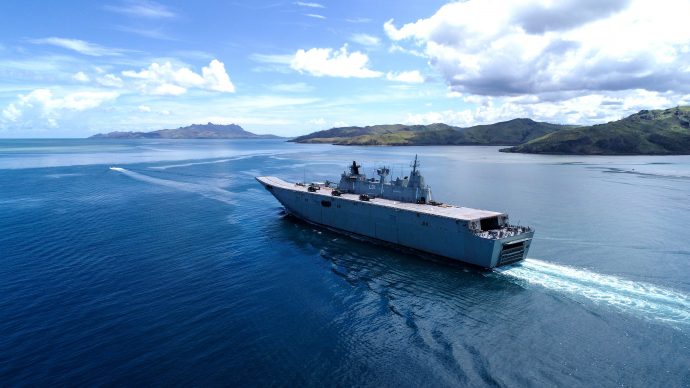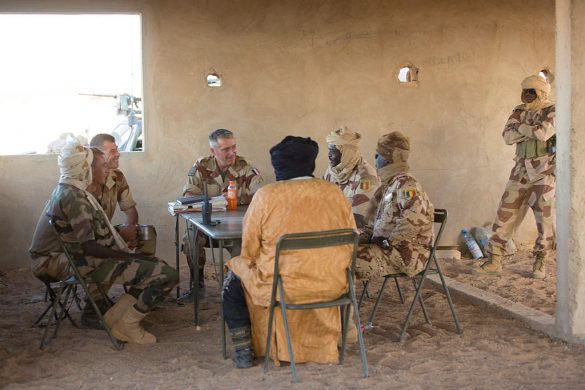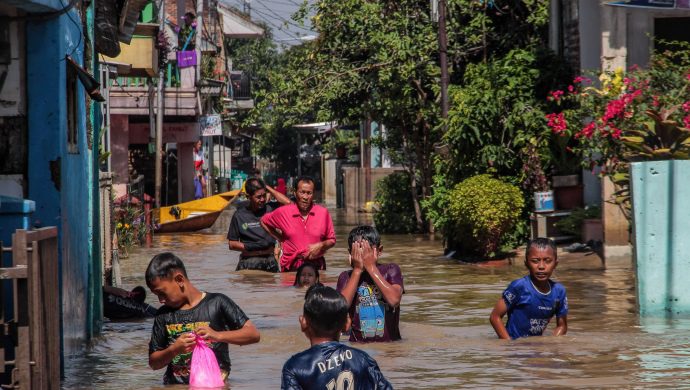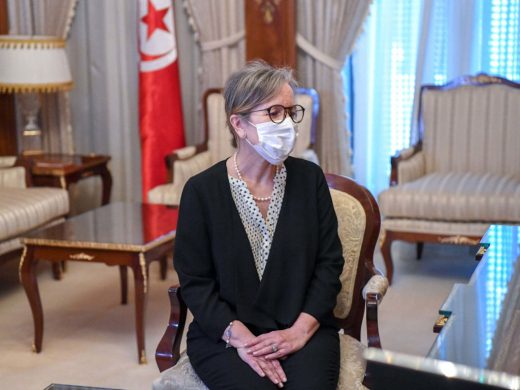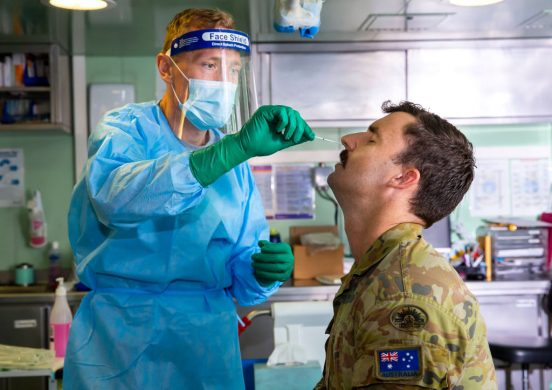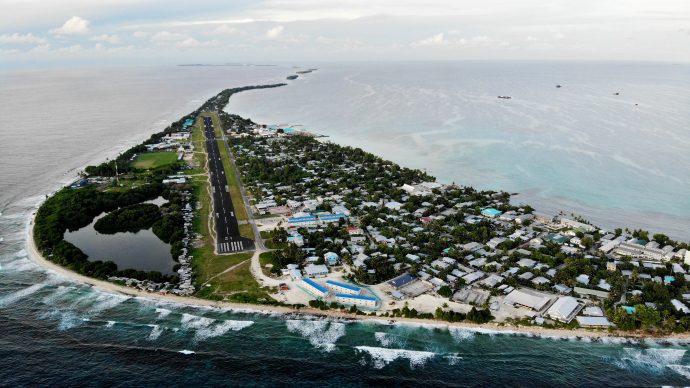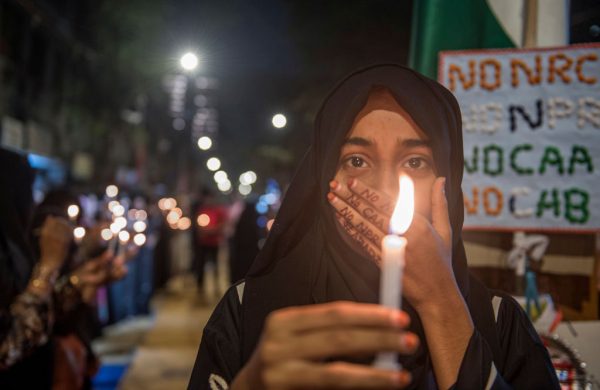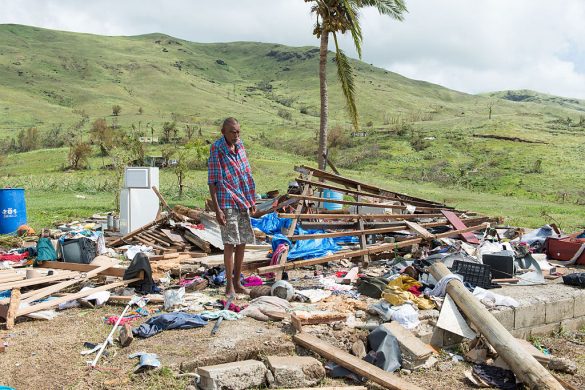KORO, 8 March, 2016 (UNOCHA): Koro is one of 167 Fijian islands in TC Winston’s path. More than 40 people were killed and approximately 350,000 people or 40 per cent of the population have been affected by the cyclone.
To put this in perspective, if 40 per cent of the US population was affected by a disaster this would equate to approximately 127 million people. So far, at least 18,000 houses are confirmed to have been affected however this figure is likely to increase. This is a complex emergency of a scale never before seen in Fiji.
In light of these figures, humanitarian actors have appealed for US$38.6 million to address life-saving needs in the next three months. Shelter, health, food, water, sanitation and hygiene, education and protection have been identified as the most urgent needs for affected people.
Under-Secretary-General for Humanitarian Affairs and Emergency Relief Coordinator, Stephen O'Brien, is releasing US$8 million from the UN's Central Emergency Response Fund (CERF) to immediate response projects in the appeal. International donors have already made in-kind donations and provided technical assistance worth nearly US$22 million, and provided US$9 million in cash.
By reduceret til murbrokker
Piles of rubble are all that are left of Savenca Taganekece’s village on the beach below Nasou on Koro in Fiji’s Lomaiviti Group of islands.
This is ground-zero for TC Winston’s fury with solid brick houses razed by a combination of raging cyclonic winds and a tsunami-like storm surge.
“It was very scary, the sea came flooding in,” Mr Taganekece said.
On the 20th of February, the villagers describe running for their lives up the escarpment as cyclone-induced tidal waves crashed onto their homes.
“A very sad day for my villages and all the people had to climb up the hill. We [had] not prepared ourselves and we just stay in the house and see the big wave, call it Tsunami. In Fijian we call it Ualoka,” an emotional Siteri Adi Daunibau said, fighting back tears.
On this island alone, almost 1000 houses were destroyed and nine people were killed during the cyclone and storm surge that battered the islands from dawn to dusk.
Indbyggerne vil flytte deres by
“This is the first time a tsunami came in our village. Four big waves came from the sea, came through, entered into our houses. From the first time they broadcast it from the radio, we don’t realise it would be big like this,” Vilisa Naivalubasaga said while preparing donated food with a group of other women whose families have been left homeless by the cyclone.
So great is their fear that the giant waves may one day return, leaders say they want their villages relocated to higher ground.
The timing of the cyclone, during daylight hours, is a small mercy these naturally optimistic Fijians are thankful for.
“If it struck at night I think it’s a different story altogether. We wouldn’t have known it’s coming. I can say we are very lucky,” David Tevita Vunileba from the neighbouring village of Mudu said.
Humanitarian Coordinator, Osnat Lubrani, visited Koro with the Fijian Ambassador for Climate Change and Oceans, Amena Yauvoli who grew up on the island.
“It’s my home village and coming back after the cyclone and meeting my close relatives it was very difficult. It was so emotional. An aunty of mine was just crying over my shoulder saying that you know we’ve lost everything. It’s very very difficult,” Ambassador Yauvoli said.
The Ambassador was shocked by the devastation he saw in the quiet coastal village he once called home.
Bygget til at modstå storme – men ikke af denne styrke
“I was really surprised because the make of the village is one that is resilient to cyclones but unfortunately the strength of the cyclone just completely wiped our entire village,” he said.
With the help of Fijian and Australian militaries, a huge humanitarian operation has swung into action to meet the urgent needs of people living on Koro.
United Nations agencies and NGO partners are now working with the Fijian Government to provide supplies and technical assistance to improve conditions on the ground.
“The need for shelter is really very serious. People are without a roof over their heads, there are no standing buildings left and that’s also a very major priority, along with psycho-social support for those impacted by this disaster. Debris clearance will be critical to make communities safe and make way for rebuilding,” Ms Lubrani said.
“There are lots of concerns about water and sanitation and health with typhoid fever and diarrheal diseases now a significant risk due to the lack of clean running water. There have been quite a number of injuries with hundreds of people treated in makeshift hospital tents. People have food rations for a month but all of the crops are absolutely destroyed, so food security will be a challenge moving forward.”



